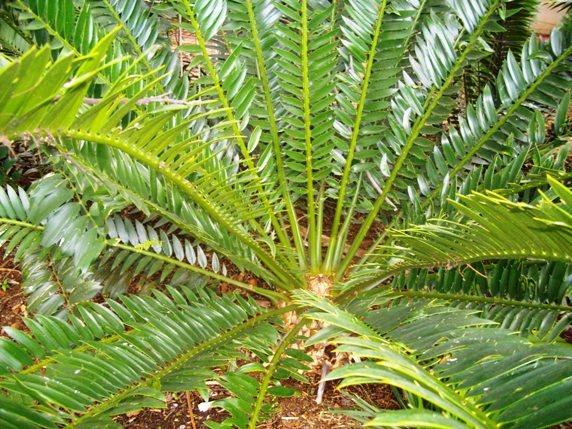Encephalartos altensteinii

Author: Ivan Lätti
Photographer: Ivan Lätti
Encephalartos altensteinii, the giant Eastern Cape cycad, is well served by its common name: It is large, sometimes with a stem of up to 7 m tall.
The species resembles E. natalensis and E. lebomboensis, but those species have prickles as their lowest leaflets at the leaf base, as well as woolly coverings over new leaves.
The Giant Eastern Cape cycad name also positions the plant in the Eastern Cape where it grows in a broad coastal strip. The distribution extends inland to the Amathole Mountains and into southern KwaZulu-Natal. Some magnificent specimens can be seen growing on cliffs near Gonubie.
The habitat is coastal bush, low forest or thicket and rocky slopes. The habitat population is considered vulnerable early in the twenty first century, due to illegal plant collection and habitat destruction.
E. altensteinii is one of the commonly grown garden species. It grows fast and transplants comparatively well. In general, the longevity and low maintenance of many of the 65 African cycad species contribute to the ornamental features of these plants. The physical beauty is mainly in the shapely leaf crowns and colourful cones of these senior members of the plant world in historical terms.
Cycads are seed plants (spermatophytes) that were much more prevalent in the time of the dinosaurs that ate them. They even predated the dinosaurs (Coates Palgrave, 2002; www.plantzafrica.com; www.plantapalm.com; http://redlist.sanbi.org).

